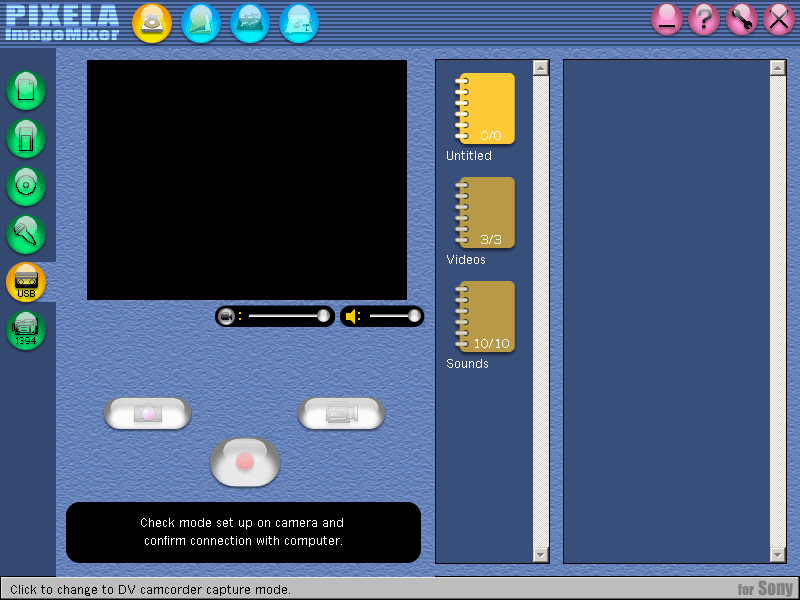


If trained on a moderate amount of examples for denoising, the image-to-image MLP-mixer outperforms the U-net by a slight margin.
#Image mixer 3 version 4 upgrade
The image-to-image MLP-mixer requires fewer parameters to achieve the same denoising performance than the U-net and its parameters scale linearly in the image resolution instead of quadratically as for the original MLP-mixer. To upgrade OS images or the Kubernetes version on the airgap, upload Karbon Airgap bundle and manifest files to a web server. This imposes an inductive bias towards natural images which enables the image-to-image MLP-mixer to learn to denoise images based on relatively few examples. Contrary to the MLP-mixer, we incorporate structure by retaining the relative positions of the image patches. Mixins are a way of including (mixing in) a bunch of properties from one. Similar to the original MLP-mixer, the image-to-image MLP-mixer is based exclusively on MLPs operating on linearly-transformed image patches. This is the official documentation for Less, the language and Less.js. In this work, we show that a simple network based on the multi-layer perceptron (MLP)-mixer enables state-of-the art image reconstruction performance without convolutions and without a multi-resolution architecture. The most popular architecture is the U-net, a convolutional network with multi-resolution architecture. Neural networks for image reconstruction tasks to date are almost exclusively convolutional networks. Abstract: Neural networks are highly effective tools for image reconstruction problems such as denoising and compressive sensing.


 0 kommentar(er)
0 kommentar(er)
